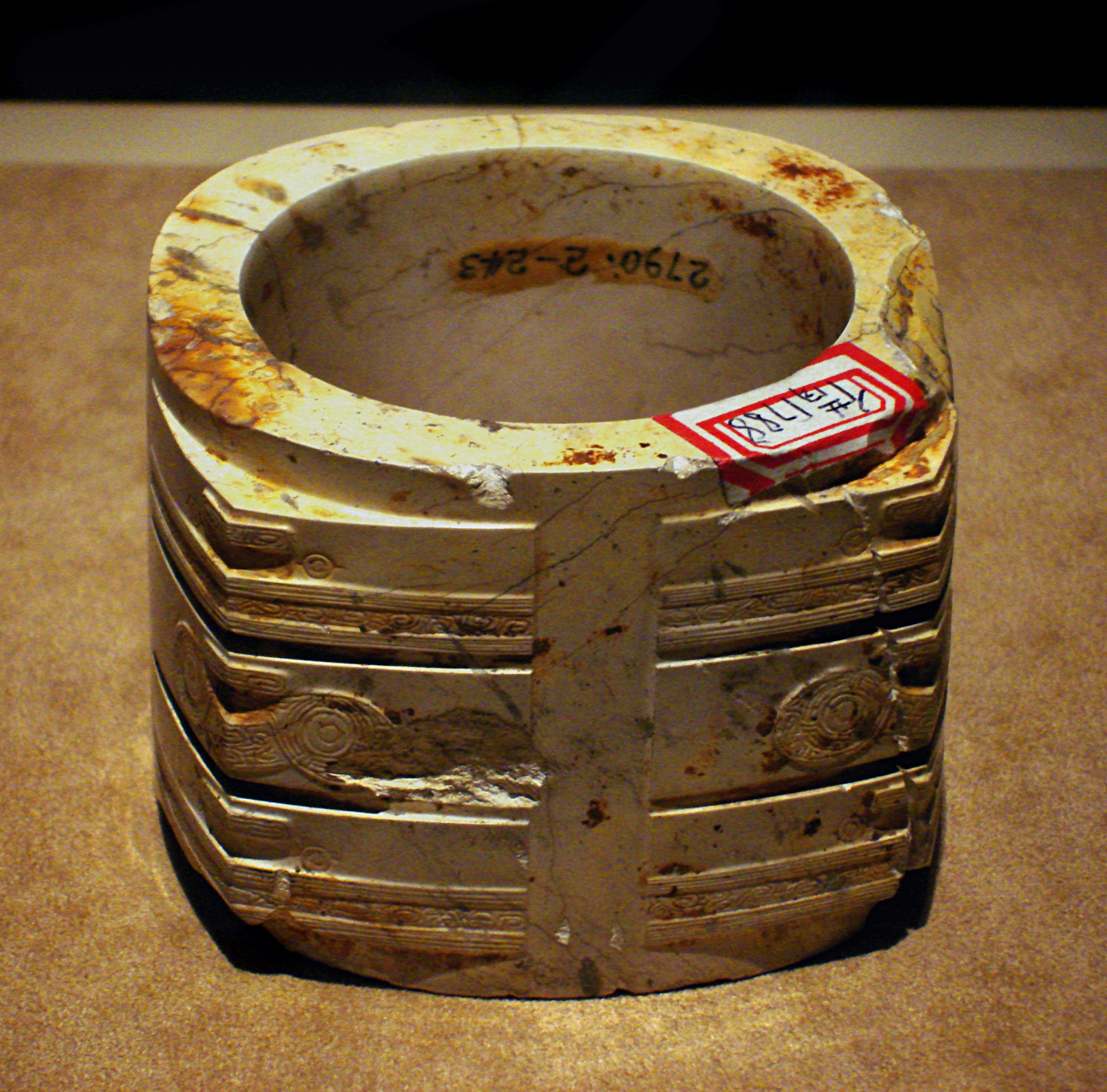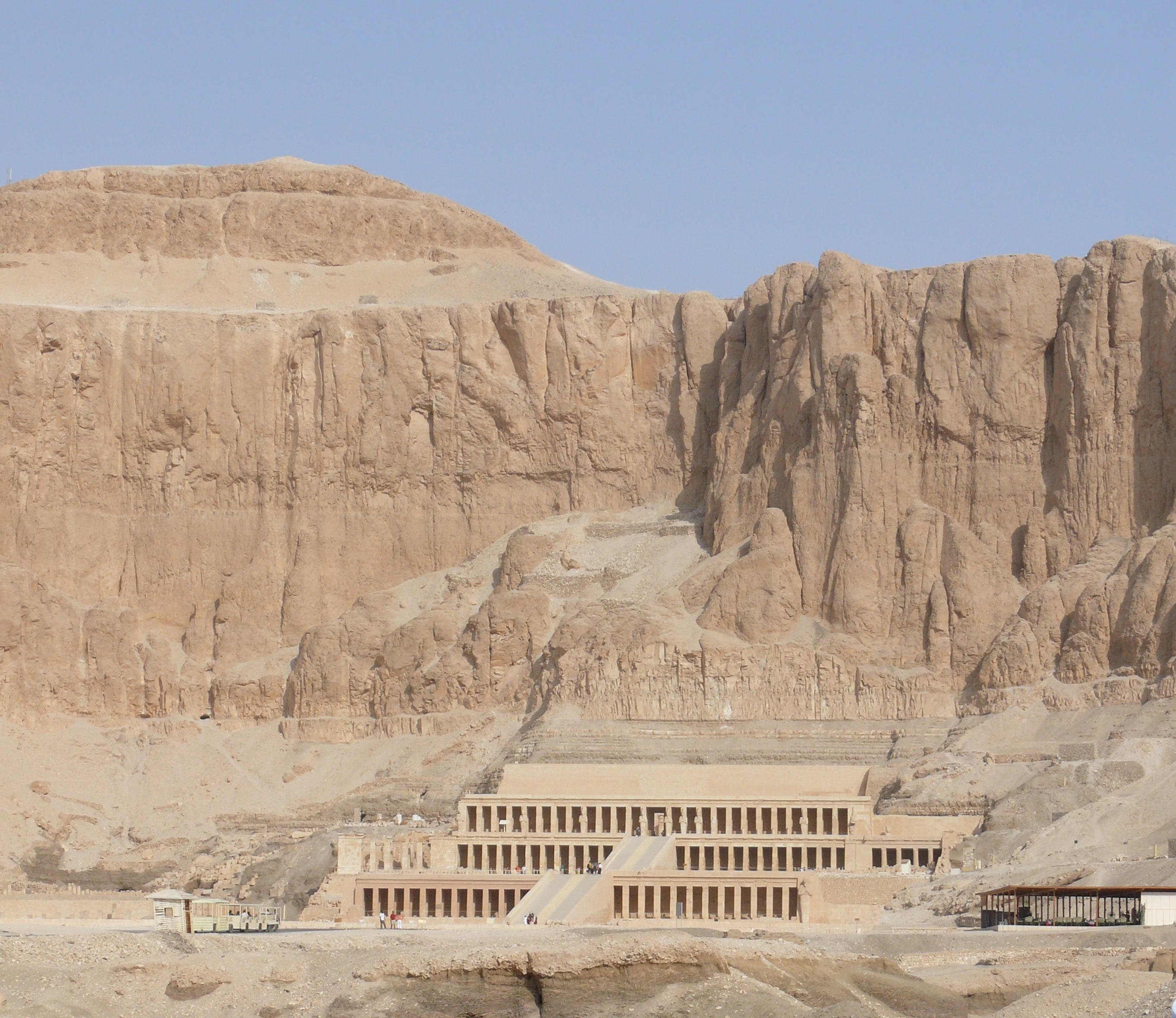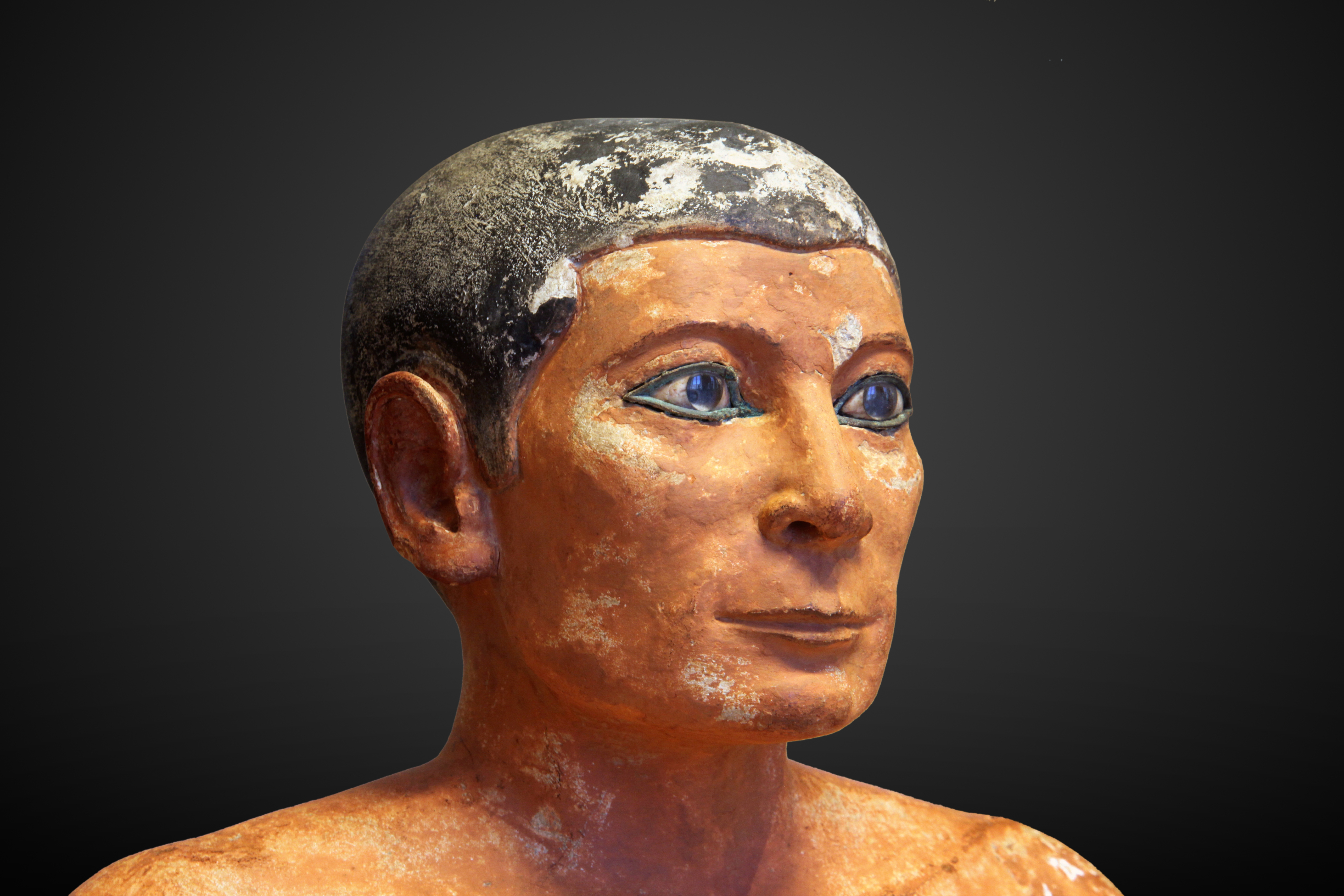|
Advanced Placement Art History
Advanced Placement (AP) Art History (also known as AP Art, or APAH) is an Advanced Placement art history course and exam offered by the College Board. AP Art History is designed to allow students to examine major forms of artistic expression relevant to a variety of cultures evident in a wide variety of periods from present times into the past. Students acquire an ability to examine works of art critically, with intelligence and sensitivity, and to articulate their thoughts and experiences. The course content covers prehistoric, Mediterranean, European, American, Native American, African, Asian, Pacific, and Contemporary art and architecture. Course The course is designed to teach the following art historical skills: *Visual Analysis *Contextual Analysis *Comparisons of Works of Art *Artistic Traditions *Visual Analysis of Unknown Works *Attribution of Unknown Works *Art Historical Interpretations *Argumentation The course is also built on five core "Big Ideas": *Culture *In ... [...More Info...] [...Related Items...] OR: [Wikipedia] [Google] [Baidu] |
Advanced Placement
Advanced Placement (AP) is a program in the United States and Canada created by the College Board which offers college-level curricula and examinations to high school students. American colleges and universities may grant placement and course credit to students who obtain high scores on the examinations. The AP curriculum for each of the various subjects is created for the College Board by a panel of experts and college-level educators in that field of study. For a high school course to have the designation, the course must be audited by the College Board to ascertain that it satisfies the AP curriculum as specified in the Board's Course and Examination Description (CED). If the course is approved, the school may use the AP designation and the course will be publicly listed on the AP Course Ledger. History After the end of World War II, the Ford Foundation created a fund that supported committees studying education. The program, which was then referred to as the "Kenyon Plan", ... [...More Info...] [...Related Items...] OR: [Wikipedia] [Google] [Baidu] |
Cong (vessel)
A ''cong'' () is a form of ancient Chinese jade artifact. It was later also used in ceramics. History The earliest ''cong'' were produced by the Liangzhu culture ( 3400- 2250 BC); later examples date mainly from the Shang and Zhou dynasties. Interest in the jade shape developed during the 12th-13th century Song dynasty. The shape continued to be used in ceramic and metalwork for centuries.BBC TV documentary: ''China in Six Easy Pieces'' (2013) presented by Lars Tharp http://www.bbc.co.uk/programmes/b036r5cx Description A ''cong'' is a straight tube with a circular bore and square outer section with more or less convex sides. The outer surface is divided vertically or horizontally such that the whole defines a hollow cylinder embedded in a partial rectangular block. Proportions vary: a ''cong'' may be squat or taller than it is wide. The outer faces are sometimes decorated with mask-like faces, which may be related to the ''taotie'' designs found on later bronze vesse ... [...More Info...] [...Related Items...] OR: [Wikipedia] [Google] [Baidu] |
Lamassu
''Lama'', ''Lamma'', or ''Lamassu'' (Cuneiform: , ; Sumerian: lammař; later in Akkadian: ''lamassu''; sometimes called a ''lamassus'') is an Assyrian protective deity. Initially depicted as a goddess in Sumerian times, when it was called ''Lamma'', it was later depicted from Assyrian times as a hybrid of a human, bird, and either a bull or lion—specifically having a human head, the body of a bull or a lion, and bird wings, under the name ''Lamassu''. In some writings, it is portrayed to represent a goddess. A less frequently used name is ''shedu'' (Cuneiform: , ; Sumerian: alad; Akkadian, ''šēdu''), which refers to the male counterpart of a ''lamassu''. ''Lamassu'' represent the zodiacs, parent-stars or constellations. Goddess Lama The goddess Lama appears initially as a mediating goddess who precedes the orants and presents them to the deities. The protective deity is clearly labelled as Lam(m)a in a Kassite stele unearthed at Uruk, in the temple of Ishtar, goddess to wh ... [...More Info...] [...Related Items...] OR: [Wikipedia] [Google] [Baidu] |
Book Of The Dead
The ''Book of the Dead'' ( egy, 𓂋𓏤𓈒𓈒𓈒𓏌𓏤𓉐𓂋𓏏𓂻𓅓𓉔𓂋𓅱𓇳𓏤, ''rw n(y)w prt m hrw(w)'') is an ancient Egyptian funerary text generally written on papyrus and used from the beginning of the New Kingdom (around 1550 BCE) to around 50 BCE. The original Egyptian name for the text, transliterated ''rw nw prt m hrw'', is translated as ''Book of Coming Forth by Day'' or ''Book of Emerging Forth into the Light''. "Book" is the closest term to describe the loose collection of texts consisting of a number of magic spells intended to assist a dead person's journey through the ''Duat'', or underworld, and into the afterlife and written by many priests over a period of about 1,000 years. Karl Richard Lepsius introduced for these texts the German name ''Todtenbuch'' (modern spelling ''Totenbuch''), translated to English as Book of the Dead. The ''Book of the Dead'', which was placed in the coffin or burial chamber of the deceased, was part of a trad ... [...More Info...] [...Related Items...] OR: [Wikipedia] [Google] [Baidu] |
Stela Of Akhenaten And His Family
The Stela of Akhenaten and his family is the name for an altar image in the Egyptian Museum in Cairo which depicts the Pharaoh Akhenaten, his queen Nefertiti, and their three children. The limestone stela with the inventory number JE 44865 is 43.5 × 39 cm in size and was discovered by Ludwig Borchardt in Haoue Q 47 at Tell-el Amarna in 1912.Wilfried Seipel im Ausstellungskatalog ''Nofretete - Echnaton'', Nr. 47 When the archaeological finds from Tell-el Amarna were divided on 20 January 1913, Gustave Lefebvre chose this object on behalf of the Egyptian Superintendency for Antiquities (the modern Supreme Council of Antiquities) instead of the Bust of Nefertiti. Description On the left side Akhenaten sits on a stool, handing a jewel to his eldest daughter, Meritaten, who stands in front of him. Nefertiti sits opposite him, on the right hand side, playing with two of their daughters on her lap. These are Meketaten and Ankhesenpaaten. In the upper part, in the middle ... [...More Info...] [...Related Items...] OR: [Wikipedia] [Google] [Baidu] |
Mortuary Temple Of Hatshepsut
The mortuary temple of Hatshepsut (Egyptian: ''Ḏsr-ḏsrw'' meaning "Holy of Holies") is a mortuary temple built during the reign of Pharaoh Hatshepsut of the Eighteenth Dynasty of Egypt. Located opposite the city of Luxor, it is considered to be a masterpiece of ancient architecture. Its three massive terraces rise above the desert floor and into the cliffs of Deir el-Bahari. Her tomb, KV20, lies inside the same massif capped by El Qurn, a pyramid for her mortuary complex. At the edge of the desert, east, connected to the complex by a causeway lies the accompanying valley temple. Across the river Nile, the whole structure points towards the monumental Eighth Pylon, Hatshepsut's most recognizable addition to the Temple of Karnak and the site from which the procession of the Beautiful Festival of the Valley departed. The temple's twin functions are identified by its axes: its main east-west axis served to receive the barque of Amun-Re at the climax of the festival, while its no ... [...More Info...] [...Related Items...] OR: [Wikipedia] [Google] [Baidu] |
Great Hypostyle Hall
The Great Hypostyle Hall is located within the Karnak temple complex, in the Precinct of Amon-Re. It is one of the most visited monuments of Ancient Egypt. The structure was built around the 19th Egyptian Dynasty (c. 1290–1224 BC). Its design was initially instituted by Hatshepsut, at the North-west chapel to Amun in the upper terrace of Deir el-Bahri. The name refers to hypostyle architectural pattern. Architecture and construction The Great Hypostyle Hall covers an area of . The roof, now fallen, was supported by 134 columns in 16 rows; the two middle rows are higher than the others (being in circumference and high). The 134 papyrus columns represent the primeval papyrus swamp from which Atum, a self-created deity, arose from the waters of Nun at the beginning of creation. The hall was not constructed by Horemheb, or Amenhotep III as earlier scholars had thought but was built entirely by Seti I who engraved the northern wing of the hall with inscriptions. Decorat ... [...More Info...] [...Related Items...] OR: [Wikipedia] [Google] [Baidu] |
Precinct Of Amun-Re
The Precinct of Amun-Re, located near Luxor, Egypt, is one of the four main temple enclosures that make up the immense Karnak Temple Complex. The precinct is by far the largest of these and the only one that is open to the general public. The temple complex is dedicated to the principal god of the Theban Triad, Amun, in the form of Amun-Re. The site occupies some 250,000 m² and contains many structures and monuments. The main temple itself, the Temple of Amun, covers some 61 acres. Some parts of the complex are closed or semi-closed, including large parts of the North-South Axis (the 8th, 9th, and 10th pylons), which are under active excavation or restoration. The whole southeast corner is semi-closed. The northwest corner is a museum that requires an additional ticket to visit. Most of the southwest is an open-air assembling area containing millions of stone fragments, from small to huge, laid out in long rows, awaiting reassembly into their respective monuments. The area is ... [...More Info...] [...Related Items...] OR: [Wikipedia] [Google] [Baidu] |
Code Of Hammurabi
The Code of Hammurabi is a Babylonian legal text composed 1755–1750 BC. It is the longest, best-organised, and best-preserved legal text from the ancient Near East. It is written in the Old Babylonian dialect of Akkadian, purportedly by Hammurabi, sixth king of the First Dynasty of Babylon. The primary copy of the text is inscribed on a basalt stele tall. The stele was rediscovered in 1901 at the site of Susa in present-day Iran, where it had been taken as plunder six hundred years after its creation. The text itself was copied and studied by Mesopotamian scribes for over a millennium. The stele now resides in the Louvre Museum. The top of the stele features an image in relief of Hammurabi with Shamash, the Babylonian sun god and god of justice. Below the relief are about 4,130 lines of cuneiform text: one fifth contains a prologue and epilogue in poetic style, while the remaining four fifths contain what are generally called the laws. In the prologue, Hammurabi claims ... [...More Info...] [...Related Items...] OR: [Wikipedia] [Google] [Baidu] |
Giza Pyramid Complex
The Giza pyramid complex ( ar, مجمع أهرامات الجيزة), also called the Giza necropolis, is the site on the Giza Plateau in Greater Cairo, Egypt that includes the Great Pyramid of Giza, the Pyramid of Khafre, and the Pyramid of Menkaure, along with their associated pyramid complexes and the Great Sphinx of Giza. All were built during the Fourth Dynasty of Egypt, Fourth Dynasty of the Old Kingdom of Egypt, Old Kingdom of Ancient Egypt, between 2600 and 2500 BC. The site also includes several cemeteries and the remains of a workers' village. The site is at the edges of the Western Desert (Egypt), Western Desert, approximately west of the Nile, Nile River in the city of Giza, and about southwest of the city centre of Cairo. Along with nearby Memphis, Egypt, Memphis, the site was inscribed on the UNESCO World Heritage List in 1979. The Great Pyramid and the Pyramid of Khafre are the largest Egyptian pyramids, pyramids built in ancient Egypt, and they have historicall ... [...More Info...] [...Related Items...] OR: [Wikipedia] [Google] [Baidu] |
Standard Of Ur
The Standard of Ur is a Sumerian artifact of the 3rd millennium BC that is now in the collection of the British Museum. It comprises a hollow wooden box measuring wide by long, inlaid with a mosaic of shell, red limestone and lapis lazuli. It comes from the ancient city of Ur (located in modern-day Iraq west of Nasiriyah). It dates to the First Dynasty of Ur during the Early Dynastic period and is around 4,600 years old. The standard was probably constructed in the form of a hollow wooden box with scenes of war and peace represented on each side through elaborately inlaid mosaics. Although interpreted as a standard by its discoverer, its original purpose remains enigmatic. It was found in a royal tomb in Ur in the 1920s next to the skeleton of a ritually sacrificed man who may have been its bearer. History The artifact was found in one of the largest royal tombs in the Royal Cemetery at Ur, tomb PG 779, associated with Ur-Pabilsag, a king who died around 2550 BC. Sir Le ... [...More Info...] [...Related Items...] OR: [Wikipedia] [Google] [Baidu] |
The Seated Scribe
The sculpture of the ''Seated Scribe'' or ''Squatting Scribe'' is a famous work of ancient Egyptian art. It represents a figure of a seated scribe at work. The sculpture was discovered at Saqqara, north of the alley of sphinxes leading to the Serapeum of Saqqara, in 1850, and dated to the period of the Old Kingdom, from either the 5th Dynasty, 2450–2325 BCE or the 4th Dynasty, 2620–2500 BCE. It is now in the Louvre-Lens. It is a painted limestone statue, the eyes inlaid with rock crystal, magnesite (magnesium carbonate), copper-arsenic alloy, and nipples made of wood. Description This painted limestone sculpture represents a man in a seated position, presumably a scribe. The figure is dressed in a white kilt stretched to its knees. It is holding a half rolled papyrus. Perhaps the most striking part aspect of the figure is its face. Its realistic features stand in contrast to perhaps more rigid and somewhat less detailed body. Hands, fingers, and fingernails of the scu ... [...More Info...] [...Related Items...] OR: [Wikipedia] [Google] [Baidu] |








